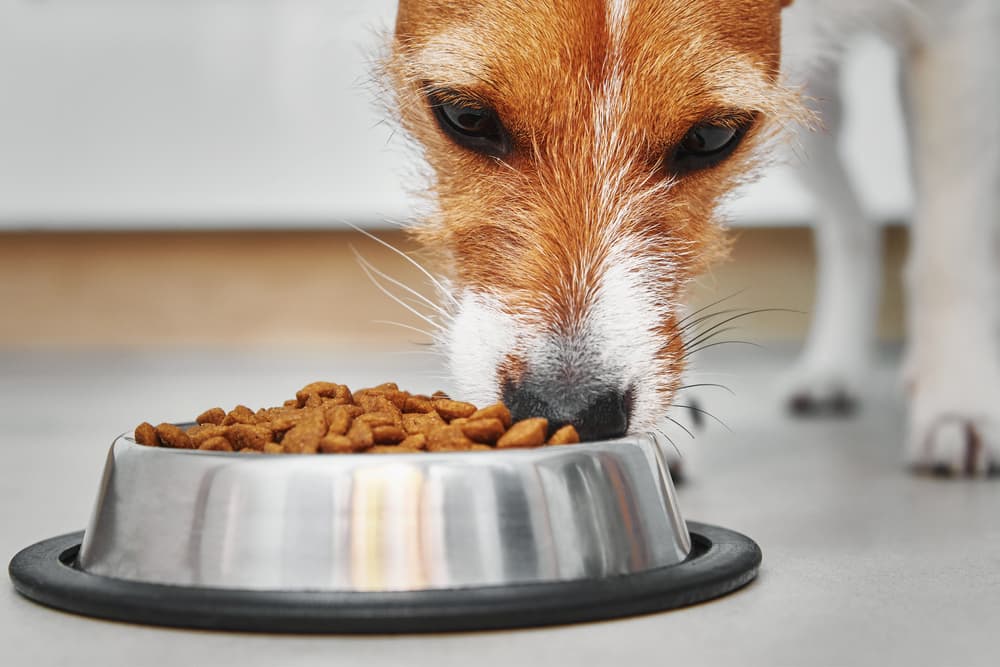It's super important to keep our furry friends and ourselves safe from dog bites. No one wants to see anyone get hurt, right? That's why learning how to prevent dog bites is crucial for everyone, whether you're a dog owner or not. We're here to give you all the info you need to stay safe around dogs.
Understanding the Causes of Dog Bites
There are a few things that can make a dog more likely to bite, and it's essential to understand them to prevent accidents. Factors like fear, stress, or feeling threatened can lead to aggressive behaviour in dogs. Sometimes, medical issues or past experiences can also play a role.

Certain situations or actions can also trigger aggressive behaviour in dogs. Things like approaching them when they're eating, trying to take away their toys or treats, or invading their personal space when they're feeling scared or uncomfortable can lead to defensive reactions. Loud noises, sudden movements, or unfamiliar people or animals can also make dogs feel anxious or threatened, increasing the risk of a bite. By being aware of these common triggers, we can take precautions to prevent them and keep everyone safe.
Recognizing Warning Signs
Dogs typically display certain body language cues before they resort to biting. These signs can include a stiff body posture, raised hackles, showing teeth, growling, or staring intensely. Ears pinned back, tail tucked between legs, or a sudden freeze can also indicate that a dog is feeling threatened or uncomfortable.
Dogs also communicate their discomfort or stress through various behavioural cues. Whining, pacing, excessive panting, or attempting to escape are signs that a dog is feeling anxious or overwhelmed. Some dogs may yawn, lick their lips, or avoid eye contact as a way to diffuse tension. By recognizing these behavioural cues, we can remove the source of stress or provide comfort to help the dog feel safer and prevent aggressive reactions.
Preventive Measures
Proper training and socialization are key factors in preventing dog bites. Training teaches dogs appropriate behaviours and commands, while socialization exposes them to various people, animals, and environments from a young age. Positive reinforcement techniques, such as rewards and praise, help reinforce desired behaviours and build a strong bond between dogs and their owners.
Supervision and management strategies play an important role in preventing dog bites, especially in situations where potential triggers are present. It's essential to supervise interactions between dogs and unfamiliar people or animals, particularly children, to ensure safety for everyone involved. Management techniques, such as using leashes, crates, or barriers, can help prevent dogs from being put in situations where they may feel threatened or overwhelmed.
Educating Children and Adults on Dog Safety
Teaching children how to interact safely with dogs, including how to approach, pet, and play with them, can help reduce the risk of accidents. Respecting a dog's space, recognizing signs of fear or aggression, and understanding body language can help in responding appropriately. Also, educating adults on responsible dog ownership, including the importance of proper training, supervision, and management, can help create a community where dogs and people can coexist in peace.

How to Approach Dogs The Right Way
Interacting with dogs requires understanding their behaviour and respecting their boundaries to ensure safety for both humans and pets. Whether you're a dog owner or simply meeting a canine friend on the street, following these guidelines can help prevent accidents:
- Always ask for permission from the owner before approaching or petting a dog you don't know. If the owner isn't around, it's best to avoid interacting with the dog.
- When meeting a new dog, let it come to you first and sniff your hand. Sudden movements or loud noises can startle them, so keep things calm and gentle.
- Avoid getting too close to a dog's face, and don't try to hug or kiss them. These actions can be seen as threatening, especially by dogs who don't know you well.
- Pay attention to the dog's body language. Signs like stiff posture, bared teeth, or growling can indicate that they're feeling uncomfortable or aggressive.
- If a dog seems agitated or you feel unsafe, stay calm and slowly back away without making sudden movements.
- If a dog knocks you over, curl up into a ball and protect your head and neck until they lose interest and move away.
- Never leave young children alone with a dog, and teach them to be gentle and respectful around animals.
- If you come across an injured dog, don't try to touch or move them. Instead, seek help from a veterinarian or animal control to ensure they get the care they need.
Responding to Aggressive Behaviour
Techniques for de-escalating tense situations involve remaining calm and avoiding sudden movements that may escalate the situation further. It's important to give the dog space and avoid direct eye contact, which can be perceived as a challenge.
If bitten or threatened, immediate action is necessary. Wash the wound with soap and water and seek medical attention promptly, especially if the bite is deep or if there are signs of infection. Reporting the incident to local authorities or animal control may also be necessary to prevent future incidents and ensure the safety of others. By responding calmly and responsibly, we can minimize the impact of aggressive behaviour and prevent further harm.











